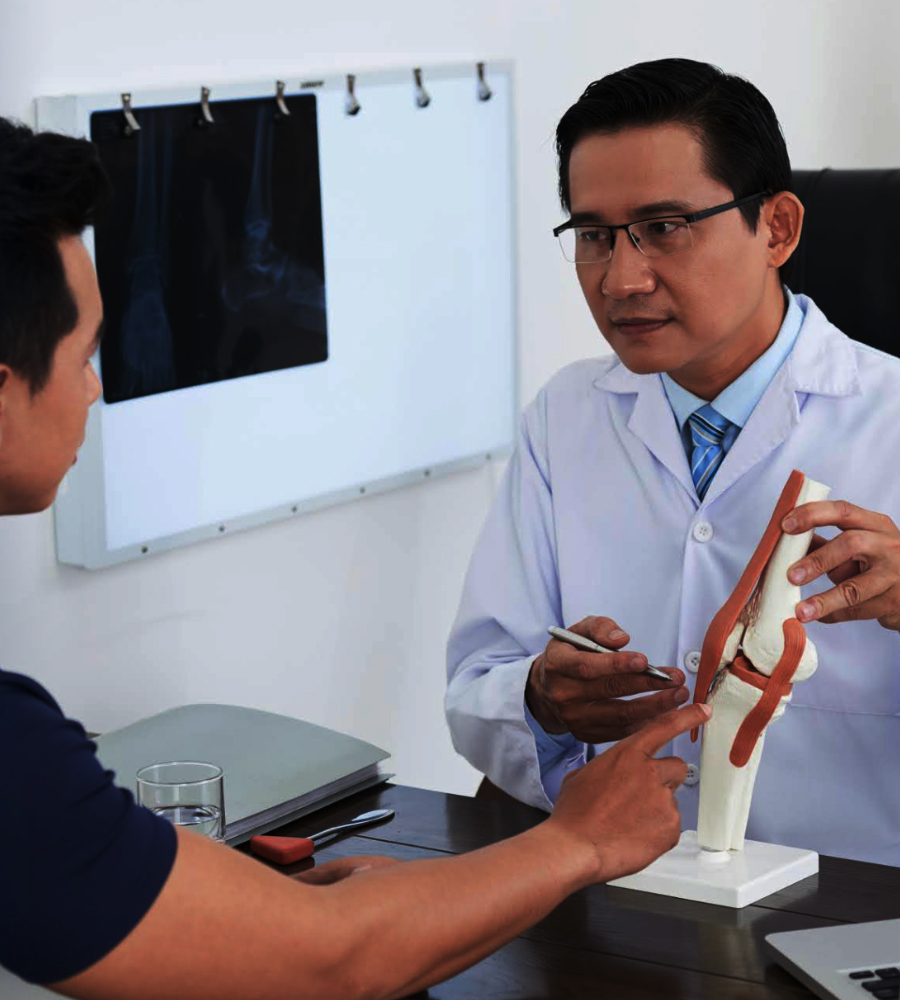

The procedure to patch the damaged bone is the Open reduction internal fixation (ORIF). The open drop means that the doctor cuts in the bones to restore them to their normal location. The internal fastening means metal screws, tiles, sutures, or rods are mounted on the bone to be stored during recovery. The internal binding is not withdrawn. The advanced orthopedic technique used for repairing badly broken bones (ORIF) is an open reduction internal fixation. It is only chosen if major injuries will not be managed otherwise with a brace or splint. Normally, such injuries are an extreme fracture that either is relocated, unstable or damage the leg joints. “Open reduction.†The name means that the bone is aligned to its original state by an incision. “External binding†means, by using the metal pins, plates, rods, or screws, that the bones so revealed in the incision are held together.

As fractured bones are typically accident-related, ORIF is usually an emergency operation. The length of the process depends on how rough the split is. Sometimes the process takes a couple of hours. Here’s what’s going to take place:

The importance of each patient’s condition is measured by a surgeon at B.P Poddar on the following factors:
These procedures help ease pain and trauma and improve mobility.